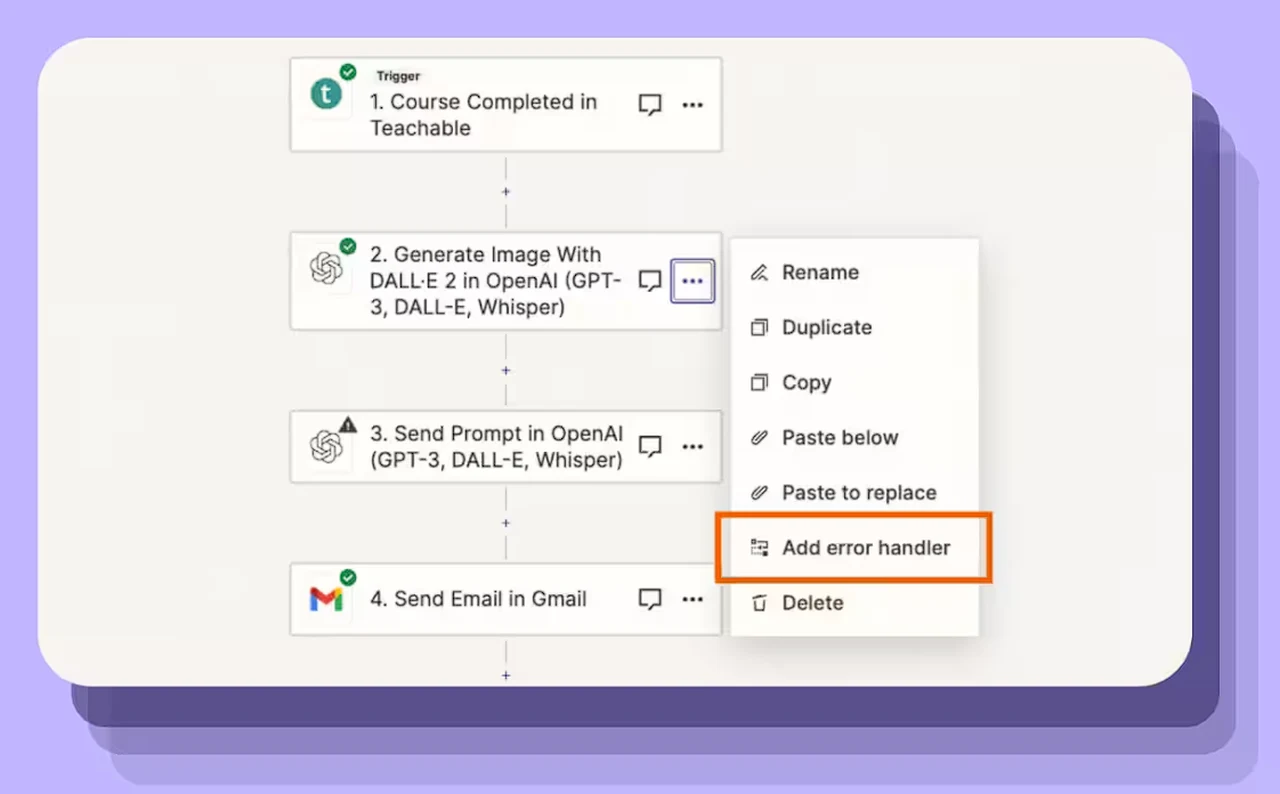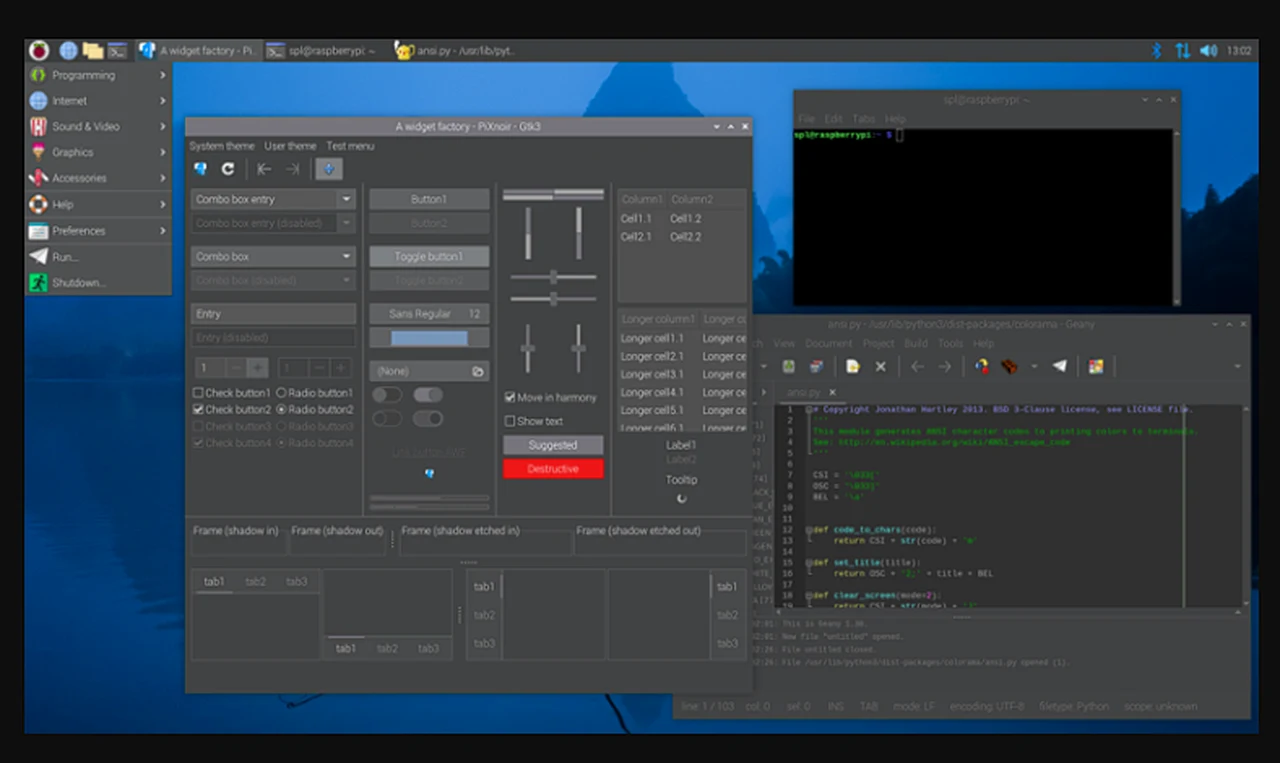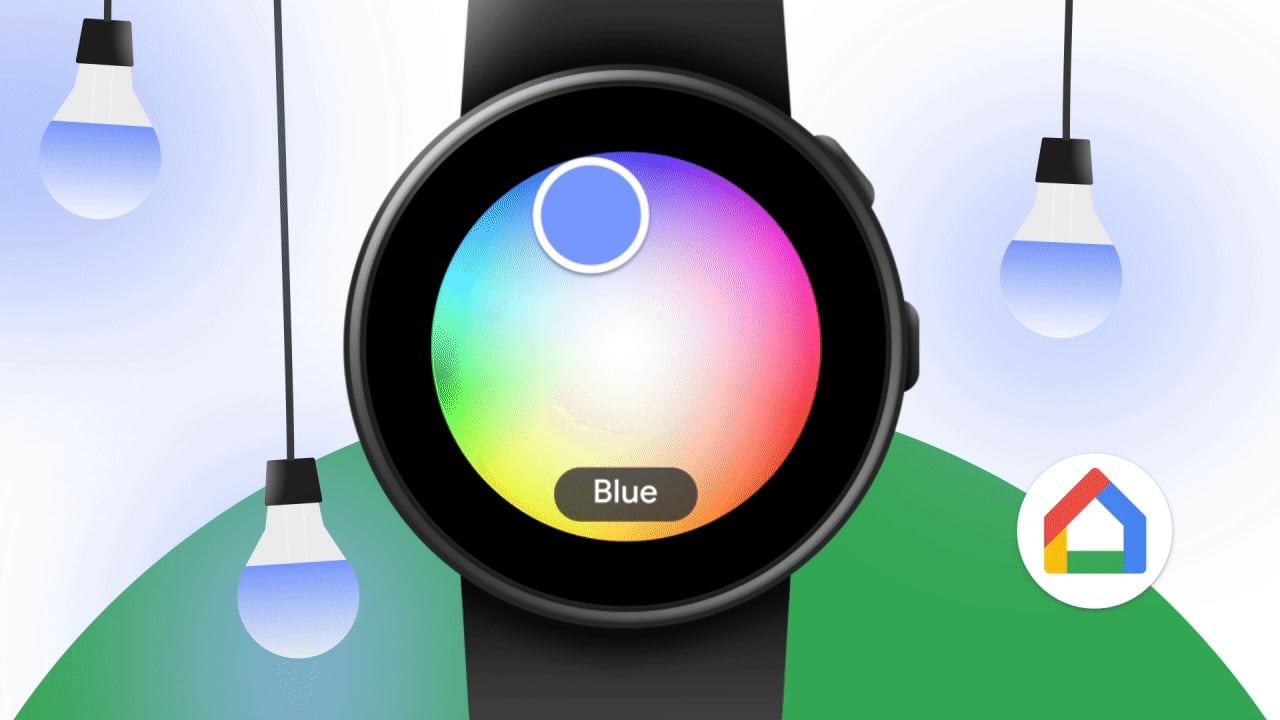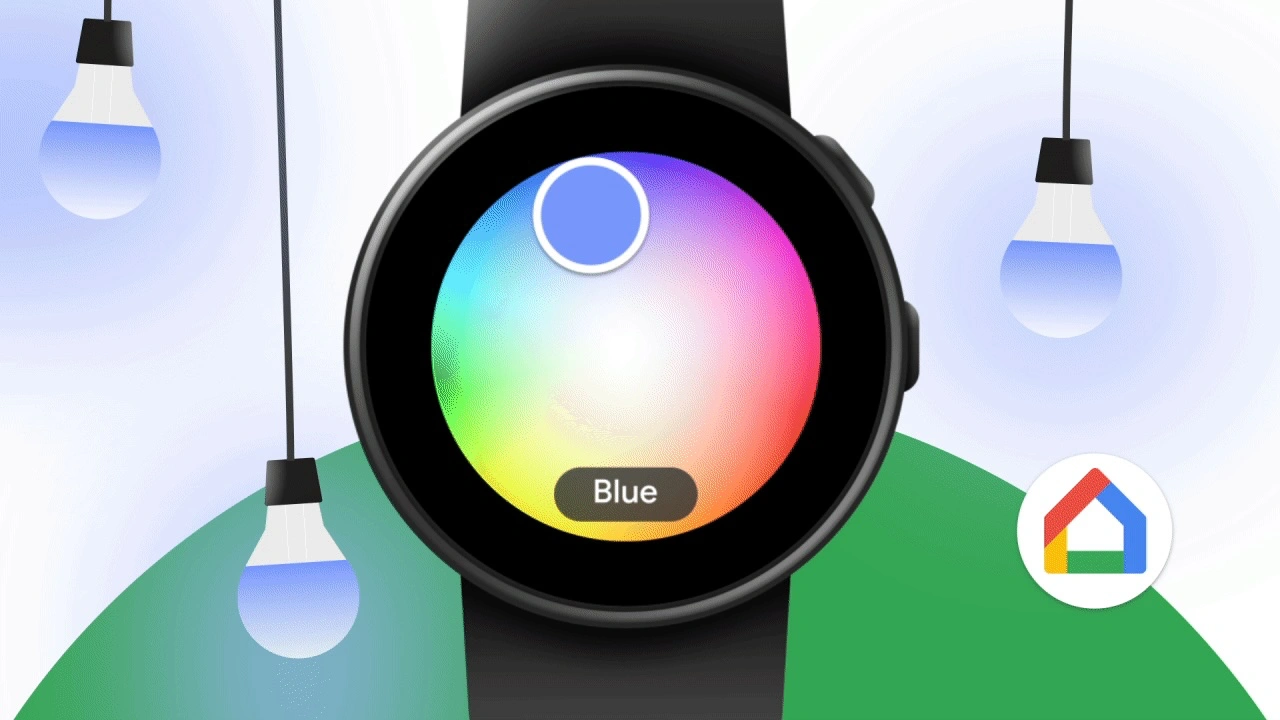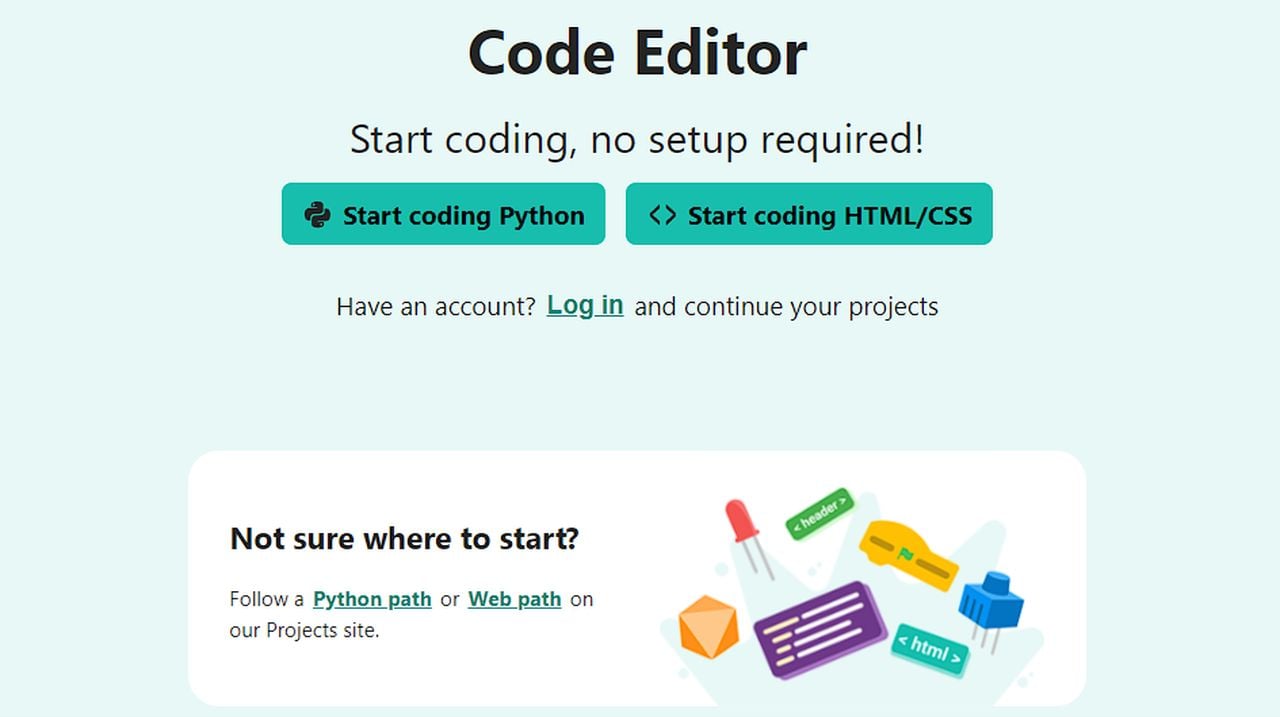[ad_1]
Like many premium electric rides, Cowboy’s e-bikes make short commutes easier, especially those involving hills or a lot of stop-start traffic. Its latest bike is an attempt to address another challenge: comfort. The Cowboy Cross is the company’s first “all-road” model, with thicker, bigger tires, seat suspension, inverted fork suspension and a substantially bigger battery for more extended trips—or simply fewer trips to the charger.
It’s a substantially different offering from Cowboy, which previously aimed its products at European cities with established cycling communities and infrastructure. With the Cross, the addition of a rear rack fused to the frame and an expanded range of 120km (in ideal conditions) both mean it’s designed for more involved trips beyond a simple jaunt around your neighborhood.
With that larger battery and suspension, the Cross ST weighs 26.5kg – over 58 pounds – more than the company’s and C4 models, while the standard Cross is even heavier at 27.9kg. It’s a substantial e-bike. Once again, you can choose between step-over and step-through frames, and the Cross will launch in three colors: dark green, dark brown and black. All of them have an almost-satin finish, and the company has changed up the paint it uses to make it more resistant to scratches and grazes.
Compared to its predecessor, the Cross is far better equipped for curbs and random road bumps, resulting in a much smoother ride that I immediately felt during a brief test ride in central London. The e-bike launched up curbs, instead of the bounce and shudder I usually get on other e-bikes. It’s a single-gear bike, again, with a carbon belt drive system and the suspension is split between inverted fork suspension on the front wheel and seat suspension, both with 40mm of travel.
It’s easy to forget, due to the assistance you get pedaling, but e-bikes can be heavy – almost always heavier than their manual counterparts. So suspension makes a lot of sense when you’re riding something that weighs in at well above 20 kilograms. The ride, otherwise, was very similar to the . Adaptive power is also on-board, ensuring the bike controls are simple and comparable to a standard bike. You just squeeze the brakes, and the bike will handle acceleration and thrust.
Cowboy couldn’t help tinkering with its companion app, and these bikes will launch with new social aspects for your rides, adding league tables between groups of riders and incentives to pump those pedals using your legs. (Excuse me, Cowboy, but I ride e-bikes in order to do that less). Fortunately, the onboard phone holder doubles as a wireless charger too.
While I love the Cross, I’m unsure about the in-app mini-games. Madly pedaling to reach your app goals in a place like London, where you might miss a junction, cyclist or runaway baby stroller if you blink, simply doesn’t seem wise. Cowboy says it’s still working on ways to gamify your trips in a way that’s fun and not, well, so dangerous.
Adding suspension and a bigger battery cell, however, also contribute to the price. The Cross will be available at an early-bird price of £3,099 (just shy of $4,000) for a limited time, and will eventually go up to £3,499 (almost $4,500). In mainland Europe, it’ll cost at 3,500 Euros at launch and will increase to 4,000 Euros. You can order one now and the bikes will start shipping near the end of May or in early June 2024.
There are no US prices though, because the Cross won’t be headed to the US for now. The company says it’s continuing to focus on the European market, as it – getting all TechCrunch on you here – chases profitability. For some business context, rival premium e-bike maker VanMoof . However, the company still plans to roll out its rides to the US. But only when it’s ready.
[ad_2]
Source Article Link







